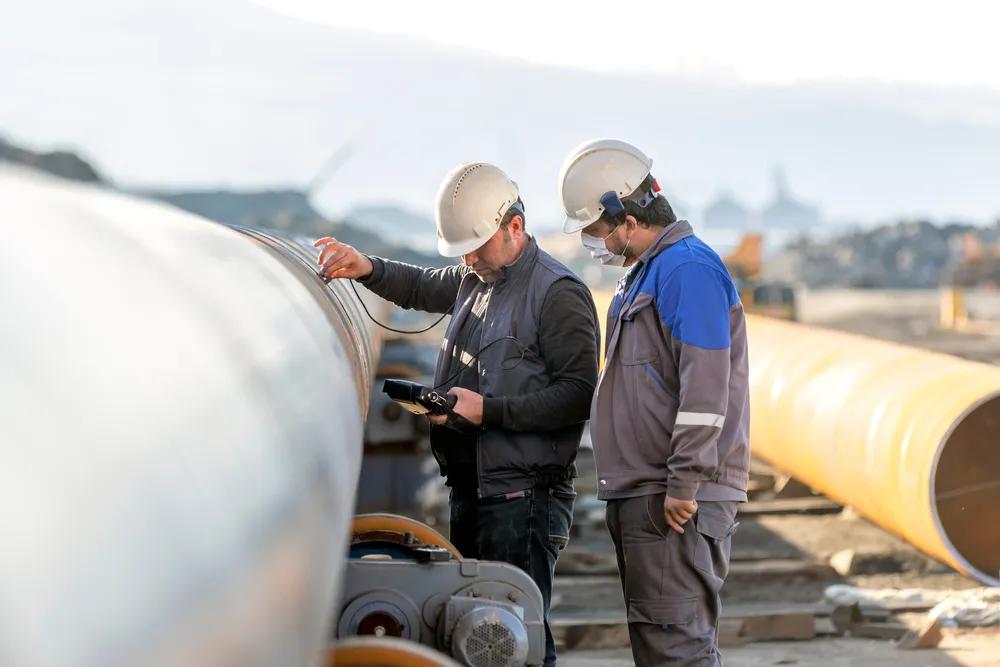Advanced Compressor Systems Technology Course
Introduction:
This Advanced Compressor Systems Technology program provides an in-depth course on reciprocating, rotary, and dynamic compressors, with a focus on the essential component of bearings. Key topics include characteristics definition, selection criteria, sizing calculations, sealing arrangements, joint problems, repair methods, preventive measures, predictive maintenance, and current trends in compressor technology. Designed for compressor users, the program offers detailed insights into compressor and bearing operations, emphasizing practical applications and successful project outcomes.
Objectives:
Upon completing the Advanced Compressor Systems Technology course, participants will be able to:
- Optimize the operation of all types of compressors and bearings for enhanced efficiency, reliability, and durability.
- Size and select dynamic and positive displacement compressors based on performance characteristics and selection criteria.
- Conduct diagnostic inspections using advanced fault analysis techniques and prescribed failure standards.
- Select bearings, lubrication, and sealing arrangements; meet commissioning requirements; conduct vibration and oil analyses; troubleshoot; and develop maintenance programs.
- Determine maintenance needs to minimize compressor failures, increase efficiency, and reduce operating costs.
- Understand compressor surge and surge containment systems.
- Identify factors that impair compressor functionality.
- Justify design features that improve compressor productivity and reliability.
- Design various compressor systems, focusing on new and advanced technologies.
- Understand different sealing methods used in compressors.
Training Methodology:
- Interactive lectures
- Hands-on workshops
- Case studies
- Diagnostic simulations
- Group discussions
- Technical demonstrations
- Equipment inspections
- Q&A sessions
Course Outline:
Unit 1: Gas Laws, Compressor Types, and Applications
- Perfect and imperfect gases
- Compressor definitions: polytropic efficiency and power capacities
- Volumetric flow rate and efficiency
- Rotary and reciprocating compressors
- Dynamic compressors: centrifugal and axial
- Compressor performance
- Receivers, control, and unloading systems
- Maintenance approaches
Unit 2: Positive Displacement Compressors
- Operation and applications of positive displacement compressors
- Reciprocating compressors: operation, diagnostic testing, and maintenance
- Diaphragm compressors
- Rotary screw compressors and filter separators
- Straight lobe compressors
- New technologies in liquid/gas separation processes
Unit 3: Dynamic Compressors
- Dynamic compressor technology: centrifugal and axial
- Simplified equations for dynamic compressor performance
- Centrifugal compressor characteristics: terminal systems, performance regimes, balancing, surge prevention, and trouble-free operation
- Choking and anti-choking systems
- Management of compressor ancillaries, off-design performance, stall, and surge
Unit 4: Dynamic Compressors Performance, Compressor Seals, and System Calculations
- Dynamic compressor performance review
- Surge limits, prevention, and control systems
- Compressor seal systems: gas seals, liquid seals, bushing seals, and leakage control
- Dry seals, advanced seal systems, and composite bearings
- Compressor system behavior and component sizing
- Design and selection for oil and gas and electric power generation industries
Unit 5: Bearings, Lubrication, Vibration Analysis, and Predictive Maintenance
- Types of bearings, including thrust bearings
- Lubrication: viscosity index, non-Newtonian fluids, and grease
- Oil analysis
- Vibration analysis and predictive maintenance
- Causes of vibration, resonant frequency, and diagnostics
- Intelligent instrumentation and control valves
- Actuators, positioners, and accessories
- Diagnostic testing


















